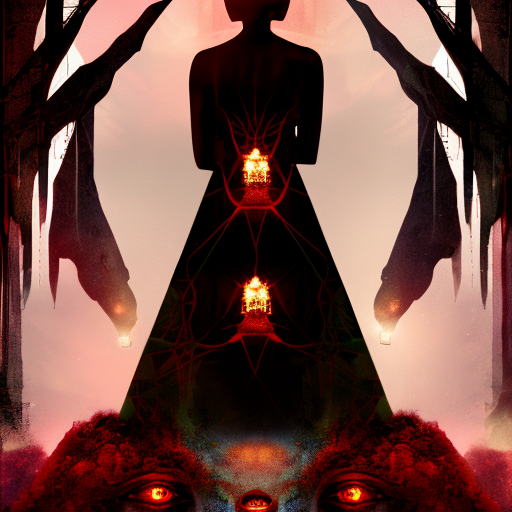One-line Summary:
A perplexing case of a troubled young woman leads detective Hercule Poirot on a twisted journey in Agatha Christie’s “Third Girl.”
The Mysterious Introduction
In “Third Girl,” renowned detective Hercule Poirot finds himself entangled in a perplexing case when a young woman named Norma Restarick visits his apartment, claiming she has committed a murder. However, Norma’s erratic behavior and insistence that she is responsible for a crime she cannot recall raises doubts in Poirot’s mind. As he delves deeper into the case, he discovers that Norma’s story is intertwined with the lives of those around her.
A Troubled Young Woman
Norma Restarick, the titular “third girl,” is a troubled young woman who seeks Poirot’s help in unraveling the mystery of her involvement in a murder. Poirot soon learns that Norma is the daughter of a wealthy businessman and has recently moved to London, where she shares an apartment with two other girls. Norma’s behavior is erratic, and she often experiences memory lapses, making it difficult for Poirot to determine the truth behind her claims.
A Network of Suspicion
As Poirot investigates Norma’s case, he encounters a network of suspicious characters who may hold the key to the truth. Among them are Claudia Reece-Holland, Norma’s stepmother, who seems to have a strained relationship with her; David Baker, a struggling artist who lives in the same building as Norma and her roommates; and Frances Cary, a close friend of Norma’s who is deeply concerned about her well-being. Poirot must untangle the web of relationships and secrets to uncover the truth behind Norma’s claims.
A Twist in the Tale
As Poirot digs deeper, he uncovers a shocking twist in the case that changes everything. The truth behind Norma’s involvement in the alleged murder is far more complex than anyone could have imagined. With his sharp intellect and keen observation skills, Poirot unravels the truth, exposing hidden motives and unexpected connections between the characters. The resolution of the case leaves both Poirot and the reader astounded.
Key Takeaways:
- Appearances can be deceiving: The characters in “Third Girl” often hide their true intentions behind a façade, making it challenging to discern their true motives.
- The impact of trauma: Norma’s troubled past and traumatic experiences play a significant role in shaping her behavior and perception of reality.
- The power of observation: Poirot’s ability to notice small details and read between the lines proves invaluable in solving the complex mystery.
“It is the brain, the little gray cells on which one must rely. One must seek the truth within–not without.”
– Hercule Poirot
In “Third Girl,” Agatha Christie weaves a captivating tale of mystery and deception, showcasing her mastery of the detective genre. Through the enigmatic character of Norma Restarick and Poirot’s relentless pursuit of the truth, Christie explores themes of identity, trauma, and the complexities of human nature. With its unexpected twists and turns, “Third Girl” keeps readers on the edge of their seats until the final revelation.












